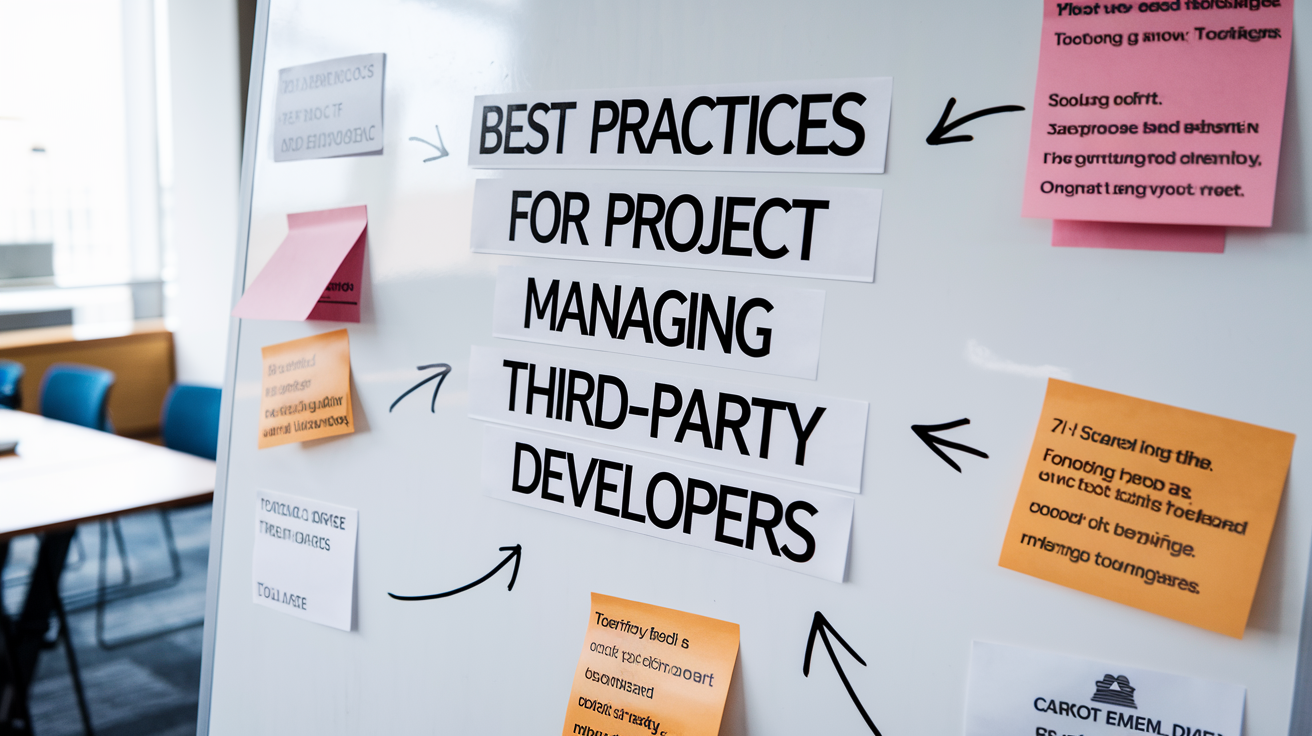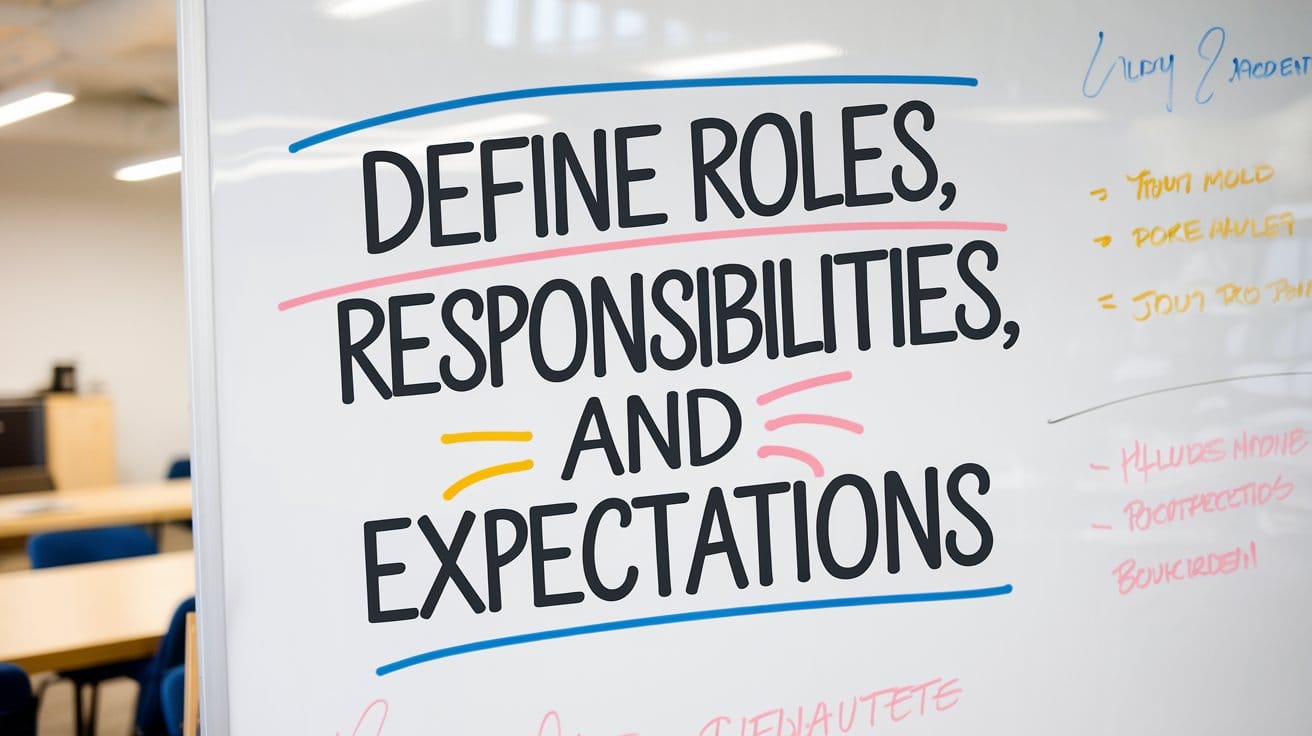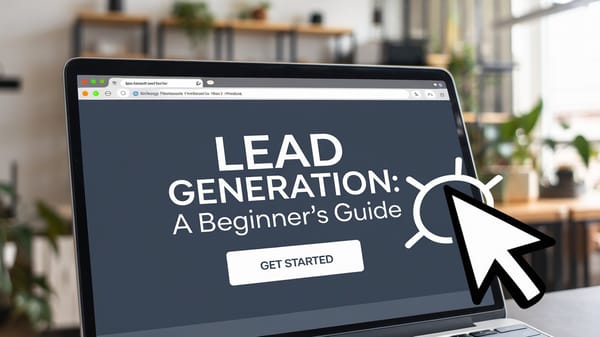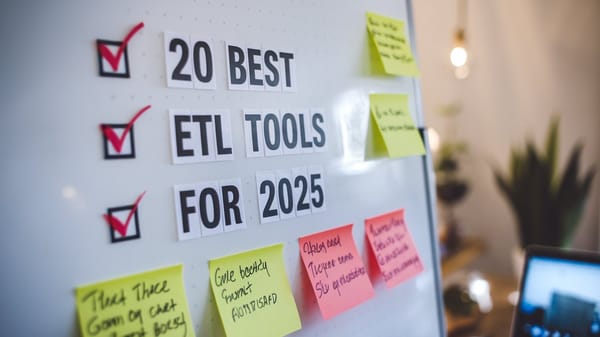Best Practices for Project Managing Third-Party Developers

Managing third-party developers has become an essential aspect of modern project management. As businesses increasingly rely on outsourcing to enhance capabilities, streamline operations, and accelerate timelines, effective management of external teams is critical to ensuring project success. Let's delve into five best practices for project managing third-party developers, providing actionable insights to overcome common challenges and optimize collaboration.
You can also visit Oncely.com to find more Top Trending AI Tools. Oncely partners with software developers and companies to present exclusive deals on their products. One unique aspect of Oncely is its “Lifetime Access” feature, where customers can purchase a product once and gain ongoing access to it without any recurring fees. Oncely also provides a 60-day money-back guarantee on most purchases, allowing customers to try out the products and services risk-free.
Oncely is hunting for the most fantastic AI & Software lifetime deals like the ones below or their alternatives:

1. Establish Clear Communication Protocols

Effective communication is the cornerstone of successful collaboration with third-party developers. Unlike in-house teams, third-party developers often operate across different time zones, cultures, and work environments, which can lead to communication barriers. To mitigate these challenges, it is essential to establish clear and concise communication protocols.
Key Strategies:
- Use Reliable Communication Tools: Platforms like Slack, Microsoft Teams, or Zoom can facilitate real-time communication and foster collaboration between in-house and outsourced teams.
- Define Communication Cadence: Schedule regular check-ins, such as weekly or bi-weekly meetings, to discuss progress, address challenges, and align on goals.
- Document Communication Guidelines: Clearly outline expectations for response times, escalation procedures, and preferred communication channels to avoid misunderstandings.
By prioritizing clear communication, organizations can ensure that all stakeholders remain aligned and informed throughout the project lifecycle.
2. Define Roles, Responsibilities, and Expectations

Ambiguity in roles and responsibilities can lead to confusion, inefficiencies, and missed deadlines. Therefore, it is crucial to clearly define the scope of work, deliverables, and individual responsibilities for each team member.
Key Strategies:
- Create a Detailed Scope of Work (SoW): The SoW should outline the project objectives, deliverables, timelines, and performance metrics. This document serves as a reference point for all parties involved.
- Assign Accountability: Identify key stakeholders and decision-makers within the third-party team who will be accountable for specific aspects of the project. This ensures consistency and accountability.
- Set Mutual Expectations: Align on quality standards, communication frequency, and project milestones to ensure that both in-house and external teams are working towards the same goals.
A well-defined structure minimizes the risk of task overlap, miscommunication, and scope creep, ultimately contributing to a smoother project execution.
3. Implement Robust Quality Assurance Processes

Maintaining high-quality deliverables is a critical aspect of managing third-party developers. Without proper quality assurance (QA) processes, projects may suffer from bugs, inefficiencies, or unmet expectations.
Key Strategies:
- Conduct Regular Testing: Integrate testing into the development cycle to identify and address issues early. This includes unit testing, integration testing, and user acceptance testing.
- Establish Feedback Loops: Provide constructive feedback to third-party developers during regular check-ins to ensure continuous improvement.
- Adopt a Modular Design Approach: A modular design allows for easier integration of third-party components and enhances project sustainability and adaptability.
By prioritizing quality assurance, organizations can mitigate risks and deliver reliable, scalable, and functional applications.
4. Leverage Collaboration Tools and Technology

The use of advanced collaboration tools can significantly enhance productivity and coordination between in-house and third-party teams. These tools streamline workflows, track progress, and ensure transparency.
Key Strategies:
- Project Management Tools: Utilize platforms like Jira, Trello, or Asana to assign tasks, monitor progress, and manage deadlines.
- Version Control Systems: Implement version control systems like Git to manage code changes and ensure seamless collaboration among developers.
- API Integration: For projects involving third-party APIs, ensure compatibility checks, logging of API calls, and subscription to API changelogs to stay ahead of version updates.
These tools not only improve efficiency but also foster a collaborative and transparent working environment.
5. Anticipate and Mitigate Risks

Working with third-party developers introduces unique risks, such as project delays, misaligned expectations, or security vulnerabilities. Proactively identifying and addressing these risks is essential to project success.
Key Strategies:
- Set Realistic Deadlines: Account for potential delays due to time zone differences, cultural nuances, or unforeseen challenges. Incorporate buffer time into the project schedule.
- Draft a Comprehensive Contract: Include clauses for intellectual property rights, confidentiality, indemnity, and termination to protect your business interests.
- Monitor Progress Regularly: Use key performance indicators (KPIs) to track progress and identify potential roadblocks early.
By adopting a proactive approach to risk management, organizations can navigate challenges effectively and ensure the successful completion of their projects.
Conclusion
Managing third-party developers requires a strategic approach that prioritizes communication, accountability, quality assurance, collaboration, and risk mitigation. By implementing these five best practices, organizations can overcome common challenges, foster productive partnerships, and achieve their project objectives. The insights provided in this report serve as a comprehensive guide for project managers seeking to optimize their collaboration with external teams.





